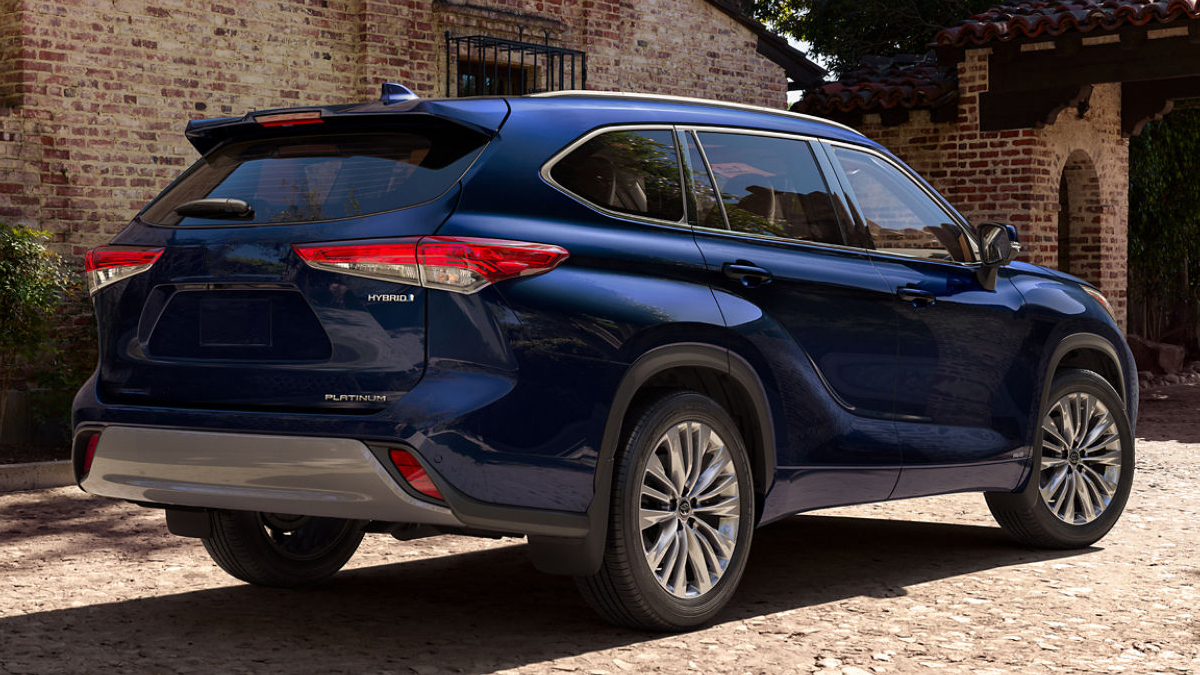AMSOIL Hybrid Motor Oil Addresses Hybrid Engine Challenges _by Johnny Gage |Dec 7th, 2023 Your Maintenance Choices should match the Motives of Hybrid Engine ownership Hybrid vehicles are designed to improve fuel efficiency and reduce emissions. They combine an internal combustion engine powered by traditional fuels with an electric motor powered by batteries. The electric […]
You are browsing archives for
Tag: loads
How Often Should I Change Differential F...
How Often Should I Change Differential Fluid? Fluid change intervals depend on your vehicle, driving conditions and gear oil quality. _by David Paiuilldorf | july 26, 2023 A differential is a set of gears that allows a vehicle’s driven wheels to revolve at different speeds when going around corners or over rough terrain. Those gears […]

